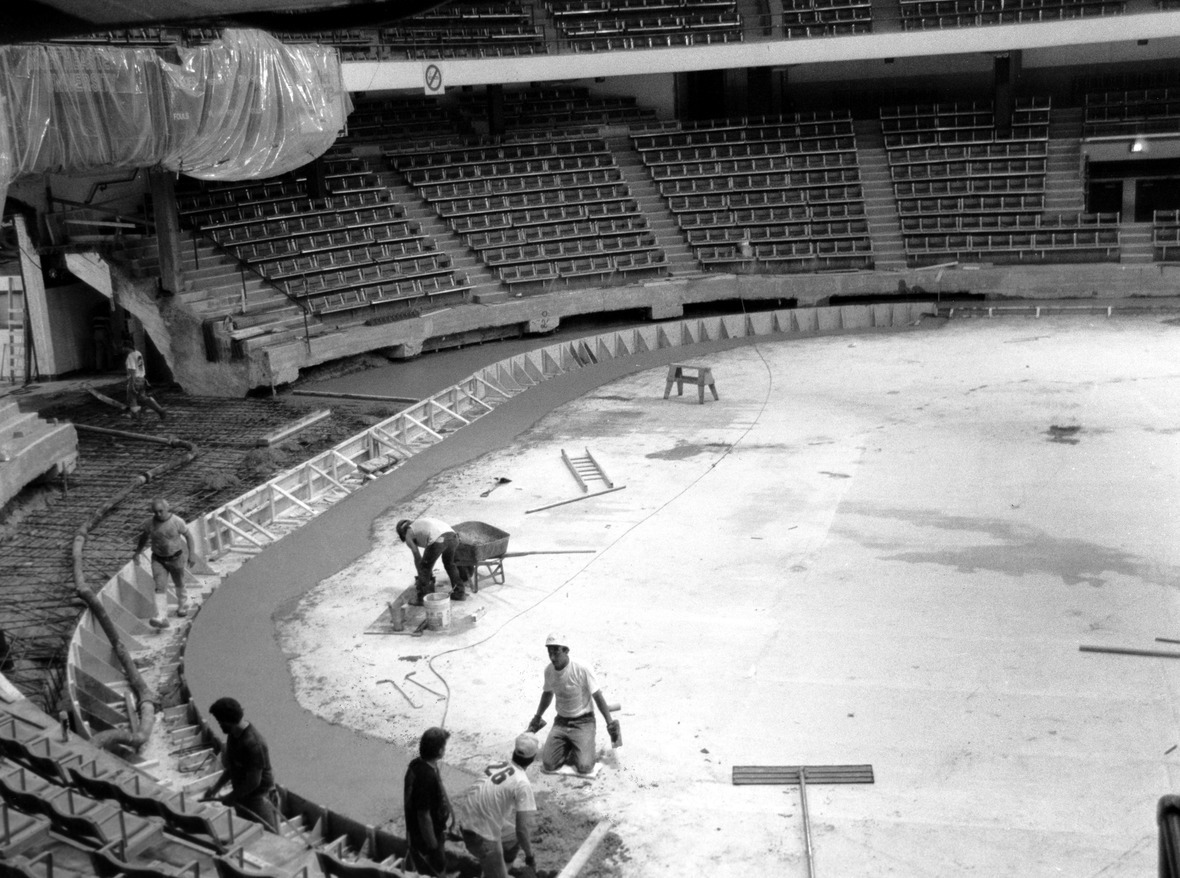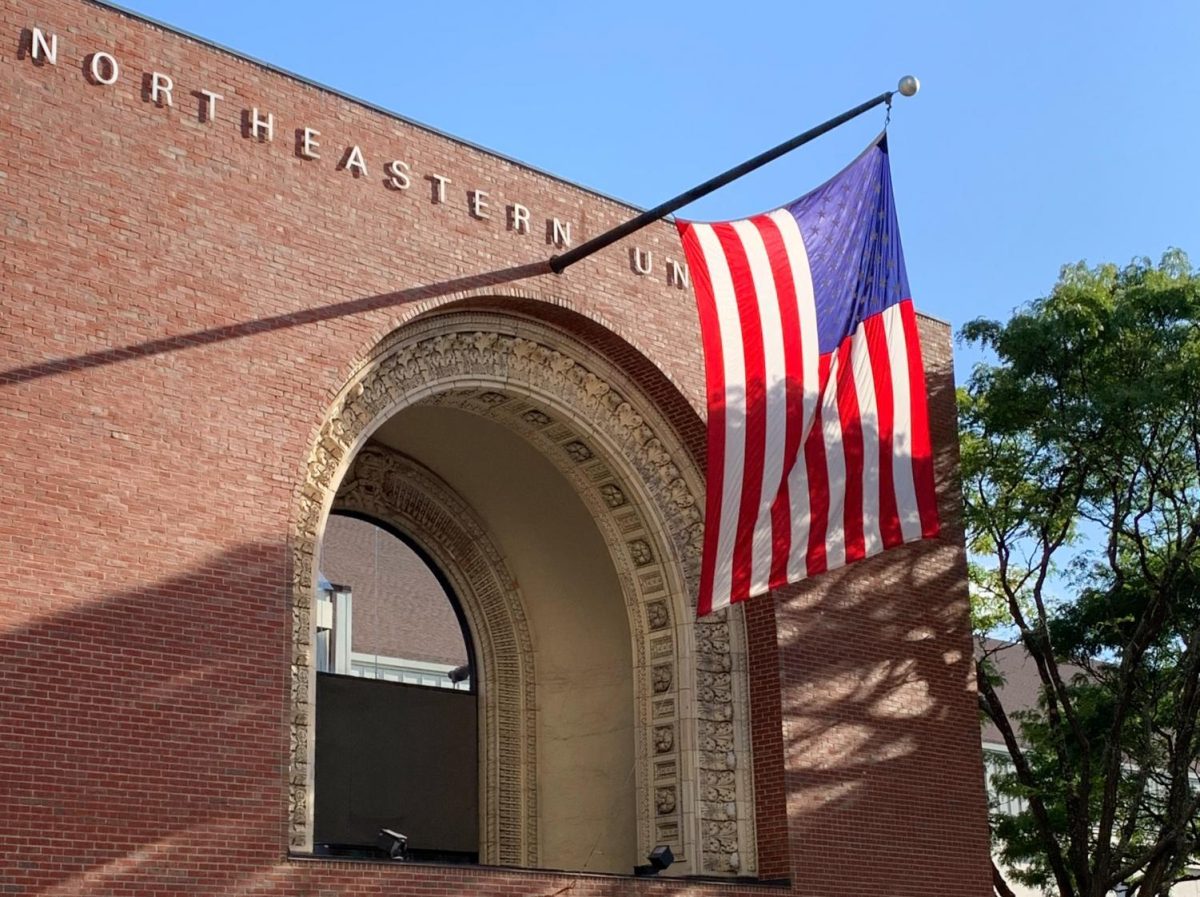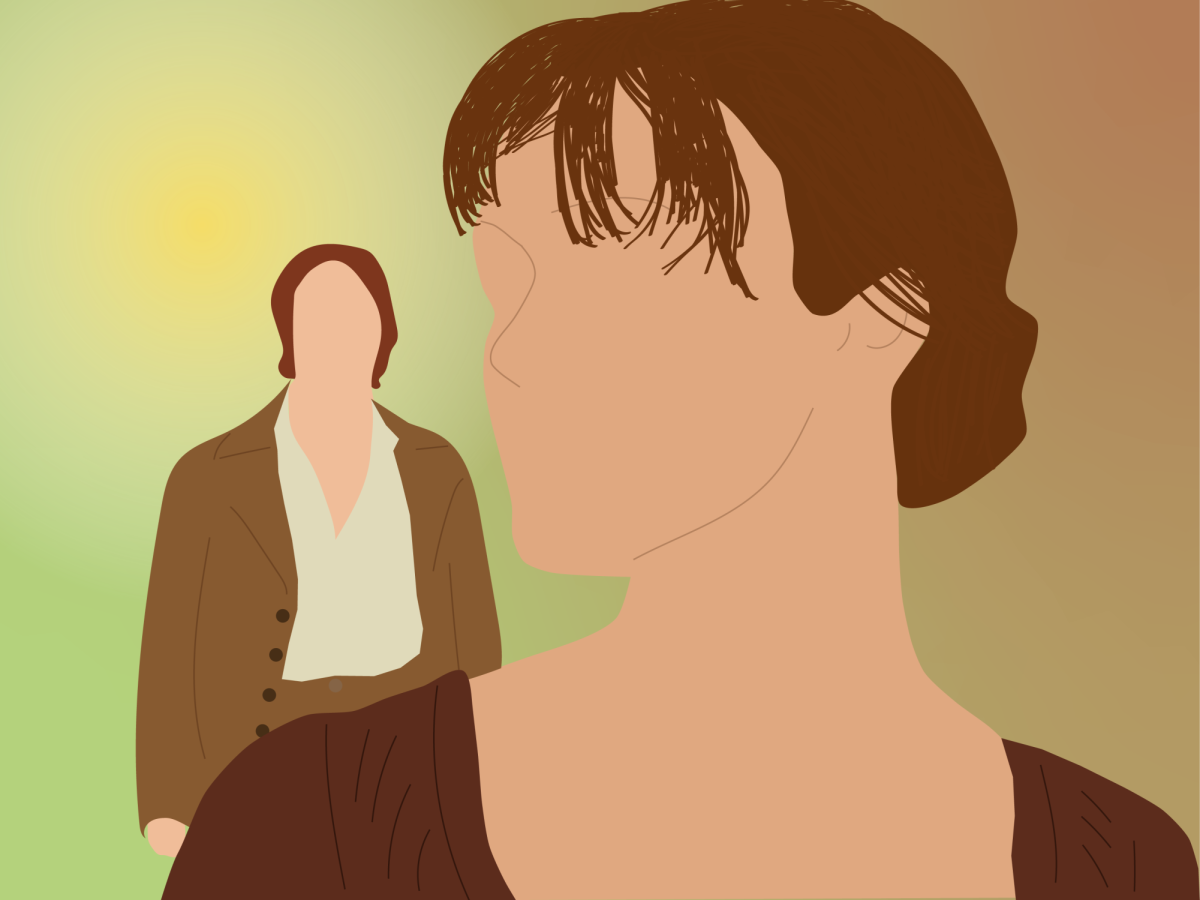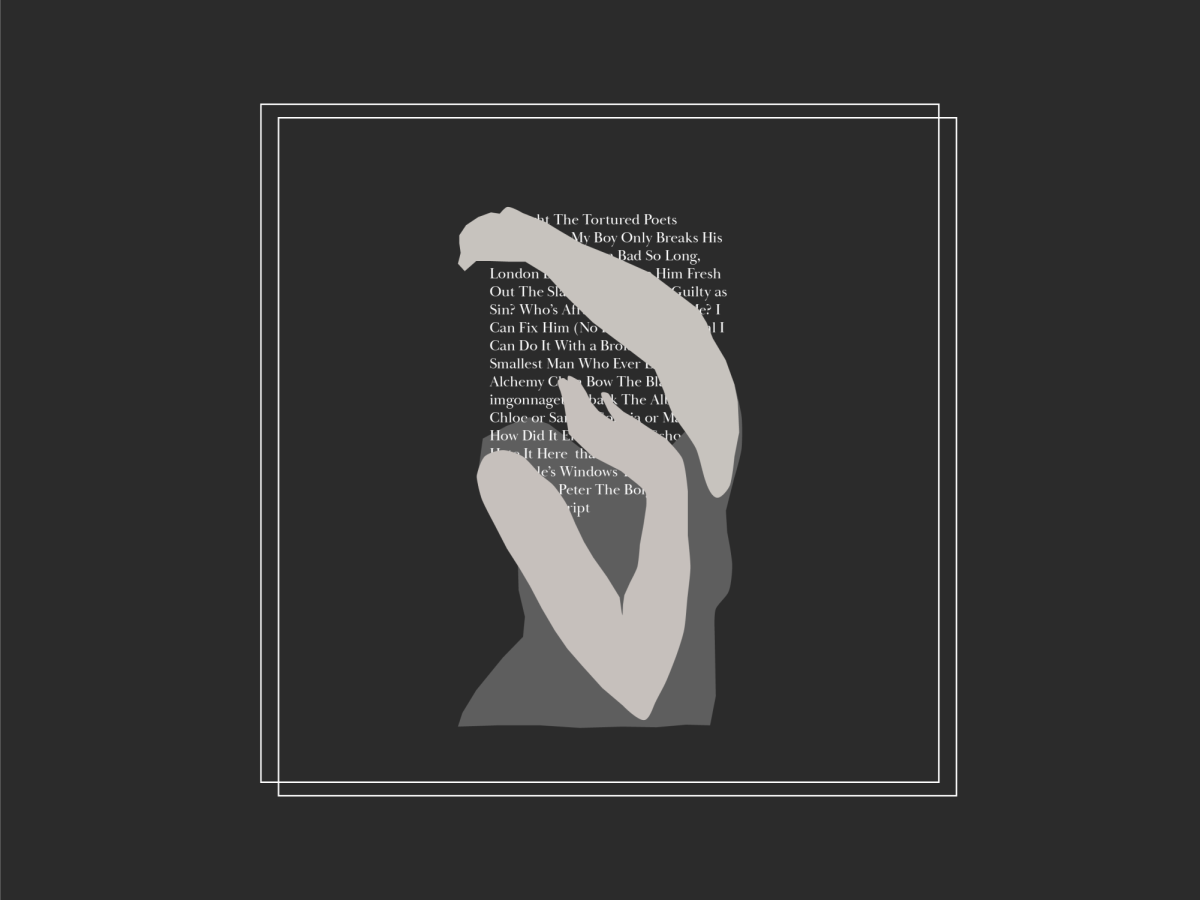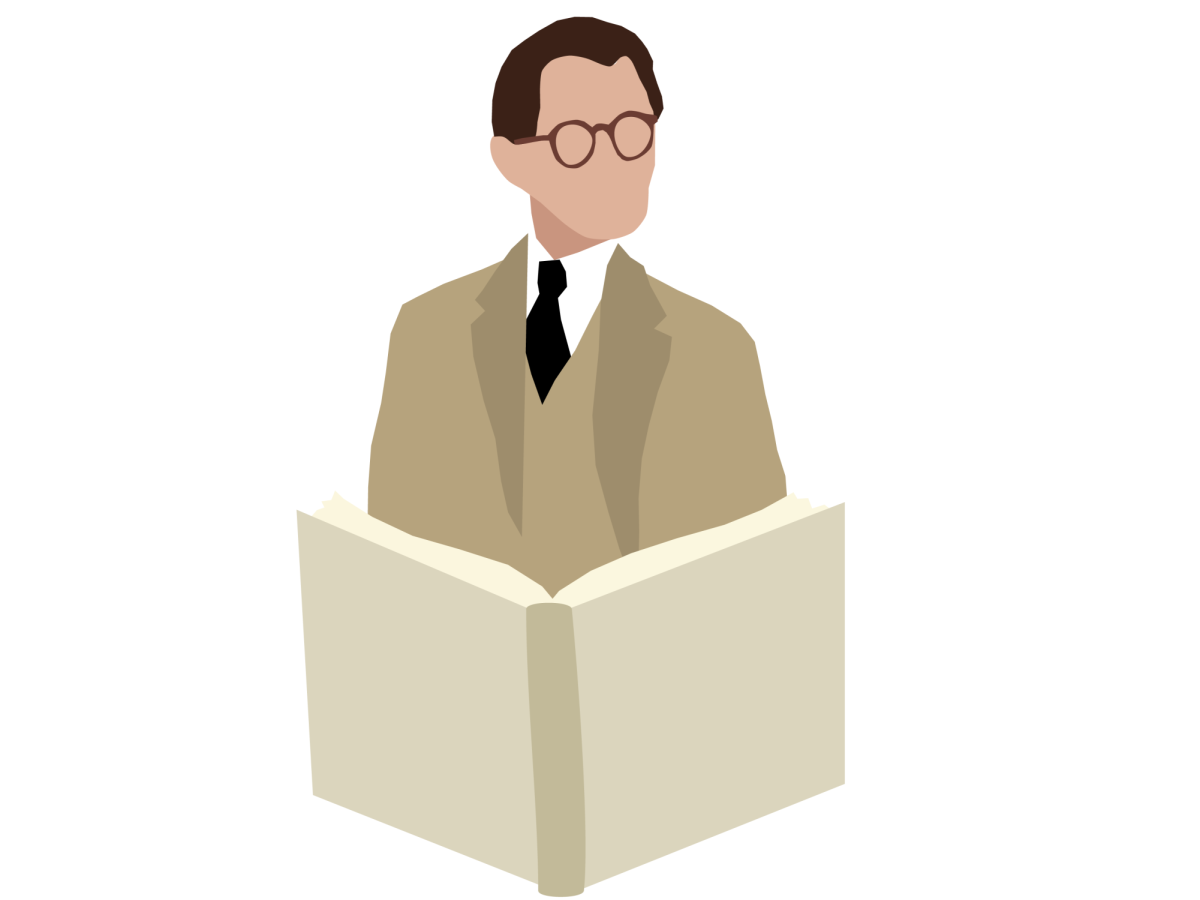By Patrick Morey, News Correspondent
Super Bowl Sunday has become a de facto national holiday in America, as millions drop everything, grab a drink and tune in to watch the biggest sporting event of the year. Some watch to root on their favorite teams, some watch for the halftime concert and some even watch to avoid being a social pariah.
But what many viewers look forward to is the unrivaled display of TV advertisements throughout the game, creating a rare phenomenon where people willingly subject themselves to commercial breaks and remain firmly planted on their sofas during TV timeouts.
It goes without saying that companies buy these advertising time slots with high hopes in mind. According to NJ.com, a news aggragator that pulls from publications around the world, a single 30-second spot costs buyers $4 million on average. With Time.com’s projection of over 96 million viewers, the high price tag seems justified, as any company – big or small – would love to be exposed to that many eyes.
When a company gains this massive exposure, what exactly do they want to do with it?
“The objective is the same as every other ad, but the stakes are bigger,” Northeastern marketing professor Richard Hanna said. “To make themselves more memorable, companies will go for a bigger splash. If it’s a cool ad and you can remember what the ad is for, then it’s a success.”
Outside of Seattle, Super Bowl XLVIII went downhill quickly, as the Seattle Seahawks scored a safety on the first play of the game and never relented, ultimately winning 43-8. This year’s crop of commercials, however, mirrored the game itself – they had some entertaining moments, yet primarily were a dud, Hanna said.
“There weren’t too many good [commercials] this year. I thought overall they were boring,” he said.
A few examples of the ads that fell flat were Honda’s “Hug Fest,” Bud Light’s “Ian Up For Whatever” and Jaguar’s “British Villains.”
Honda’s ad featured a solemn Bruce Willis urging viewers to hug their loved ones gathered to watch the big game together while the camera panned out to reveal comedian Fred Armisen wrapping his arms around Bruce, smiling ear to ear.
“I don’t know if it wanted to be serious or funny. I really didn’t get it,” Hanna said.
Bud Light aired a commercial that detailed the bizarre night of a non-actor named Ian, whose quirky misadventures – including a table tennis game versus Arnold Schwarzenegger and an elevator run-in with Don Cheadle accompanied by a llama – were filmed on hidden cameras and condensed into a two-part ad. Though Hanna thought the ad had some quality entertainment, it “tried to jam in so much content that it became too confusing to care about.”
Finally, one of several car commercials to air was Jaguar’s “British Villains,” which featured British actors Ben Kingsley, Tom Hiddleston and Mark Strong attempting to explore the shared characteristics between Jaguar’s cars and British villains.
“I enjoyed it visually and it maybe showed that Jaguars are cool, but it had too much going on and lost focus on the product,” Hanna said.
Though these ads and many others failed to live up to the hype, there were still some spots that were a beacon of hope for viewers and marketers alike.
RadioShack’s “The Call” was a prime example. The ad begins with a RadioShack employee receiving a prank call from “the ‘80s” who claim to want their store back. Lo and behold, the ‘80s do, in fact, show up and wreak havoc, led by iconic characters such as Hulk Hogan, Kid ‘n’ Play and Mary Lou Retton. After the store is completely emptied, the camera cuts to a modern RadioShack showroom. Hanna said that this effective and entertaining ad reaches its target market and communicates its product.
“If you’re older and know RadioShack as the corner gizmo store, this ad says ‘Hey, we’re changing,’” he said. “It had a specific target in mind and reached out to them.”
As always, viewers can count on perennial advertisers such as Ford, Coca-Cola and Budweiser to deliver quality commercials during the Super Bowl.
“When it comes to cars, beers, sodas, it’s more about standing out and being better than everyone else,” Hanna said.
Though several car companies vigorously competed to produce the best ad, some stood out amongst the crowd. According to Hanna, the big winner in the auto industry was Ford, with honorable mentions going to Kia and Volkswagen.
Ford’s ad featured Rob Riggle and James Franco, who delivered the lines nearly verbatim in back to back commercials – the second double the length of the first – to highlight the Ford Fusion Hybrid having double the fuel efficiency of the average vehicle. Hanna pointed out its effectiveness came from the ad “sticking to the same core concept throughout.”
Coca-Cola, known for memorable commercials such as last year’s polar bear-centric ad, created some controversy this year for its ad “America the Beautiful.” It featured the titular song being sung in a variety of world languages. While the commercial has plenty of people talking, Hanna stated that it is unknown whether it will end positively for Coca-Cola.
“The ad has caused a lot of hoopla, but we don’t know if that’s good or bad yet,” he said.
Finally, the title of best Super Bowl commercial for this year went to Budweiser’s “Puppy Love,” which focused on the unbreakable bond between a golden retriever puppy and a Clydesdale horse, who both go to great lengths to keep their friendship intact. Though some claim that sentimentality does not sell beer, the effectiveness of the ad lies in the Budweiser brand.
“Every year you can expect Budweiser to make a commercial with the Clydesdale horses, they’re part of their brand image,” Hanna said.
He said the ad could be slightly improved if it featured the beer, but added that the ad effectively “tugs at the heartstrings of viewers. They were going for a total emotional appeal.”
The emotional appeal may seem sappy to some, but it helps in continuing to build a strong relationship between Budweiser and the public.
Though this may not have been the most memorable Super Bowl Sunday in history, there is some good news: only 360-something days before we get to experience it all over again. Let the countdown begin.


